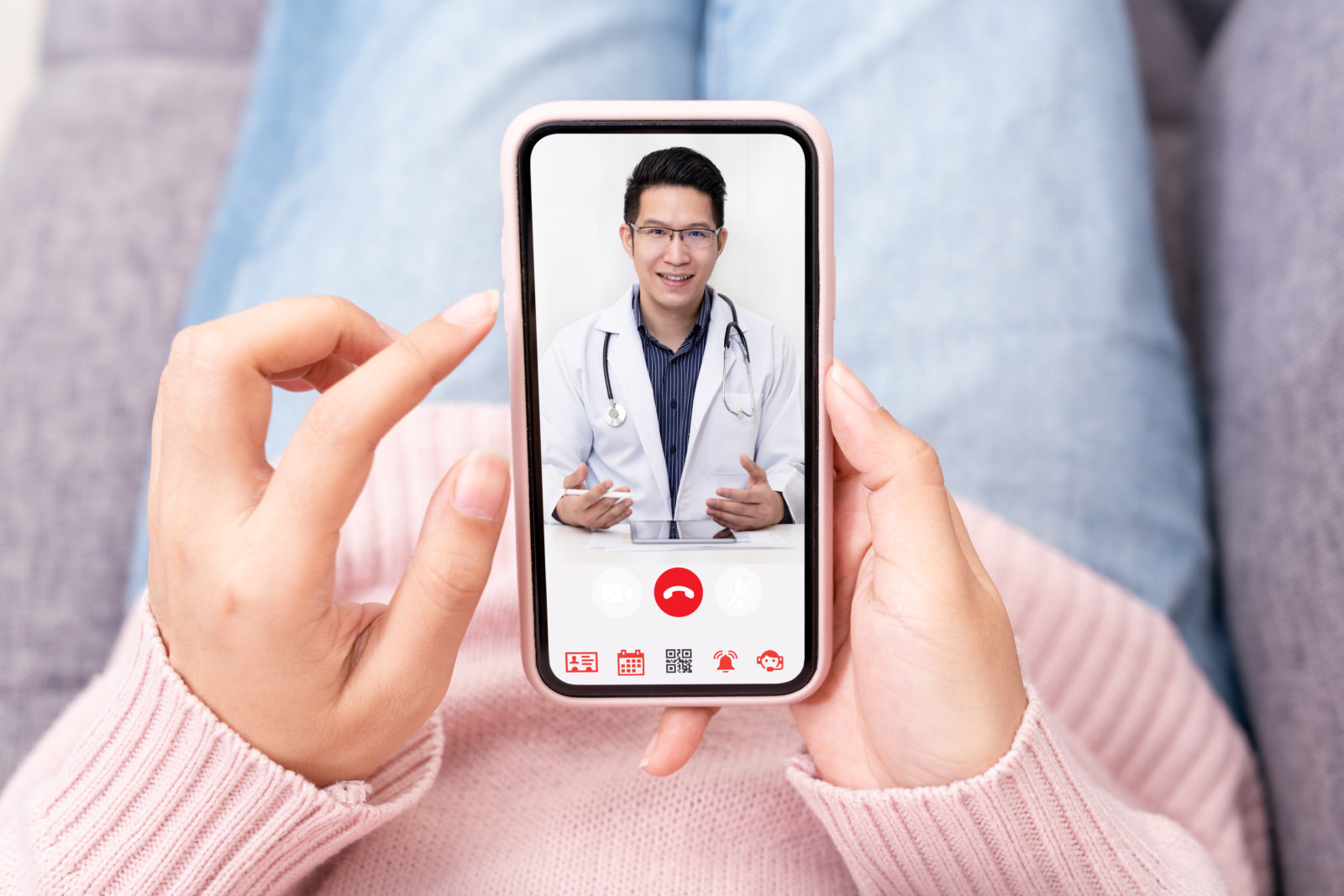At the American Academy of Sleep Medicine’s & the Sleep Research Society’s first-ever virtual SLEEP conference, Nox Medical hosted a satellite symposium titled “Telemedicine & Beyond the AHI” featuring expert-led discussions around some of the biggest challenges and opportunities facing modern sleep medicine.
U.S.-based sleep neurologist and neuroscientist Dr. Jeffrey S. Durmer, MD, PhD, led a session on the application of telehealth strategies for sleep disordered breathing (SDB), with a specific focus on how telehealth delivery methods enable scalability and lead to positive outcomes.
Telehealth vs. Telemedicine
Before diving into workflows and outcomes, Dr. Durmer first defined the relationship between telehealth and telemedicine.
“Telehealth encompasses all delivery types of health and healthcare-related services using electronic systems,” Dr. Durmer said. “As the word ‘telehealth’ suggests, we are talking about more than just medical care; it’s also about supportive care, wellbeing care—things that other professionals provide from wellness programs, care navigators, and stepped-care programs that support medical decision-making.”
Dr. Durmer explained that devices are an important part of the telehealth equation, too. This includes medical devices, like home and laboratory sleep testing, external and implanted therapeutic devices (like CPAP devices) and medical alert devices; as well as increasingly popular commercial devices, like wearables, watches, rings, and apps.
Telemedicine exists within the larger sphere of telehealth. Telemedicine refers to direct medical care between a patient and a medical care provider. As Dr. Durmer puts it, “telehealth is a brick-and-mortar system—the bricks being the medical care and devices, and the mortar being the Internet and communications involved.”
As Dr. Durmer explained further, telemedicine can be synchronous, with real-time patient-professional delivery of care; and asynchronous, where patient information is stored and forwarded for interpretation by a physician (like a sleep study), or collected as part of remote data monitoring (like cloud-based PAP data collection).
Scaling Sleep Care Using Telehealth
Following his description of the telehealth-telemedicine differential, Dr. Durmer shared how sleep professionals can use workflows to scale sleep care using telehealth.
“Programs where people with sleep issues are assessed using algorithms that integrate clinically validated questionnaires and/or widely available technology, such as consumer electronics, allow systematic assessment of individual sleep health risk factors no matter where a participant lives, and no matter what the problem may be.”
Improved access allows physicians to quickly and efficiently provide evidence-based treatment plans and interject personalized guidance to help patients understand things like sleep timing, duration, and quality. Adding to the workflow things like educational resources and self-help strategies using behavioral sleep and mindfulness programs allows patients to not only better understand their sleep problems, but take steps to remedy them.
When it comes to actually addressing a medical sleep issue, patients usually begin with a synchronous, one-on-one consultation experience and then graduate into asynchronous management using telehealth strategies to support their care.
Yielding Positive Population Outcomes
According to Dr. Durmer, having an integrated support mechanism around your telemedicine program is the most important element in terms of generating tangible outcomes.
Dr. Durmer explained that supportive care personnel integrated within an escalation-based system using technological data gathering and machine learning algorithms to analyze patient care provides a scalable patient-centered system. For example, providing behavioral sleep medicine care managers with escalated sleep therapy information allows proactive interventions that can help avoid lapses in treatments and/or complications requiring medical attention. This creates efficiencies on the provider side and ensures effectiveness of care on the patient side.
Dr. Durmer concluded that this telehealth-enabled balance of efficiency and efficacy is what yields positive population outcomes, such as significant increases in compliance for PAP therapy, quality of life and health benefits, as well as savings in healthcare costs.
Catch Dr. Durmer’s full presentation on how sleep professionals can benefit from these telehealth and telemedicine strategies below.
Topic: Events





